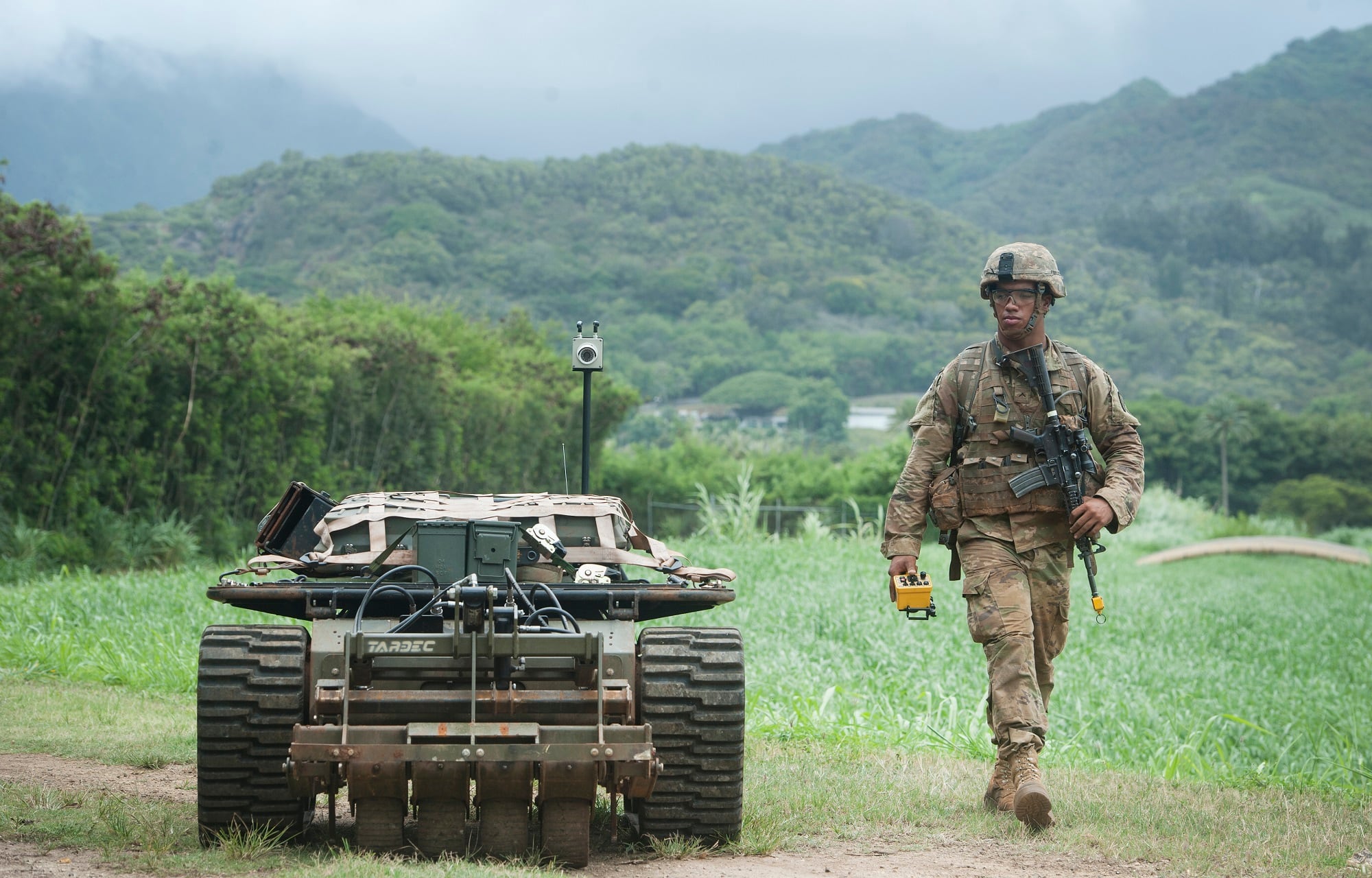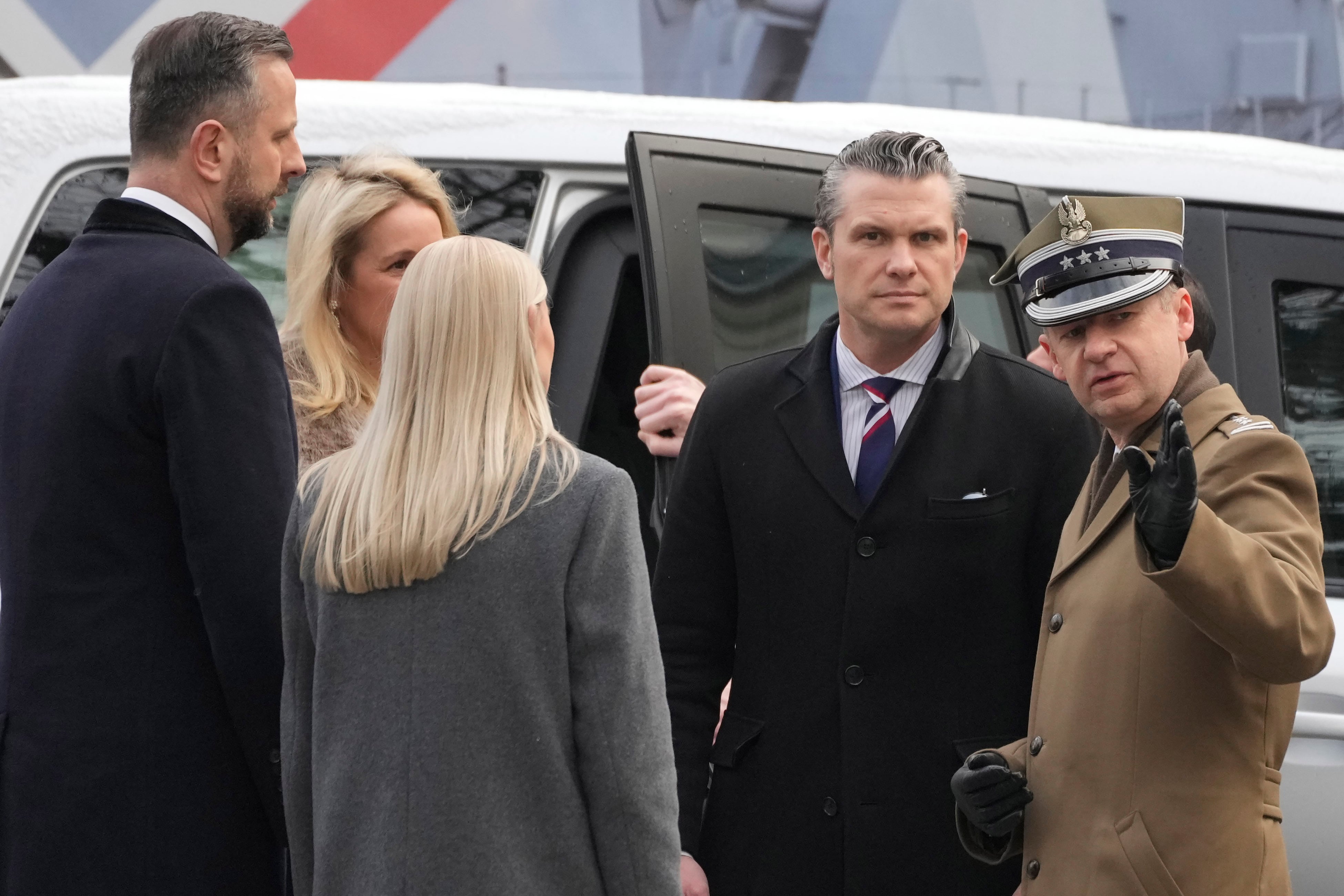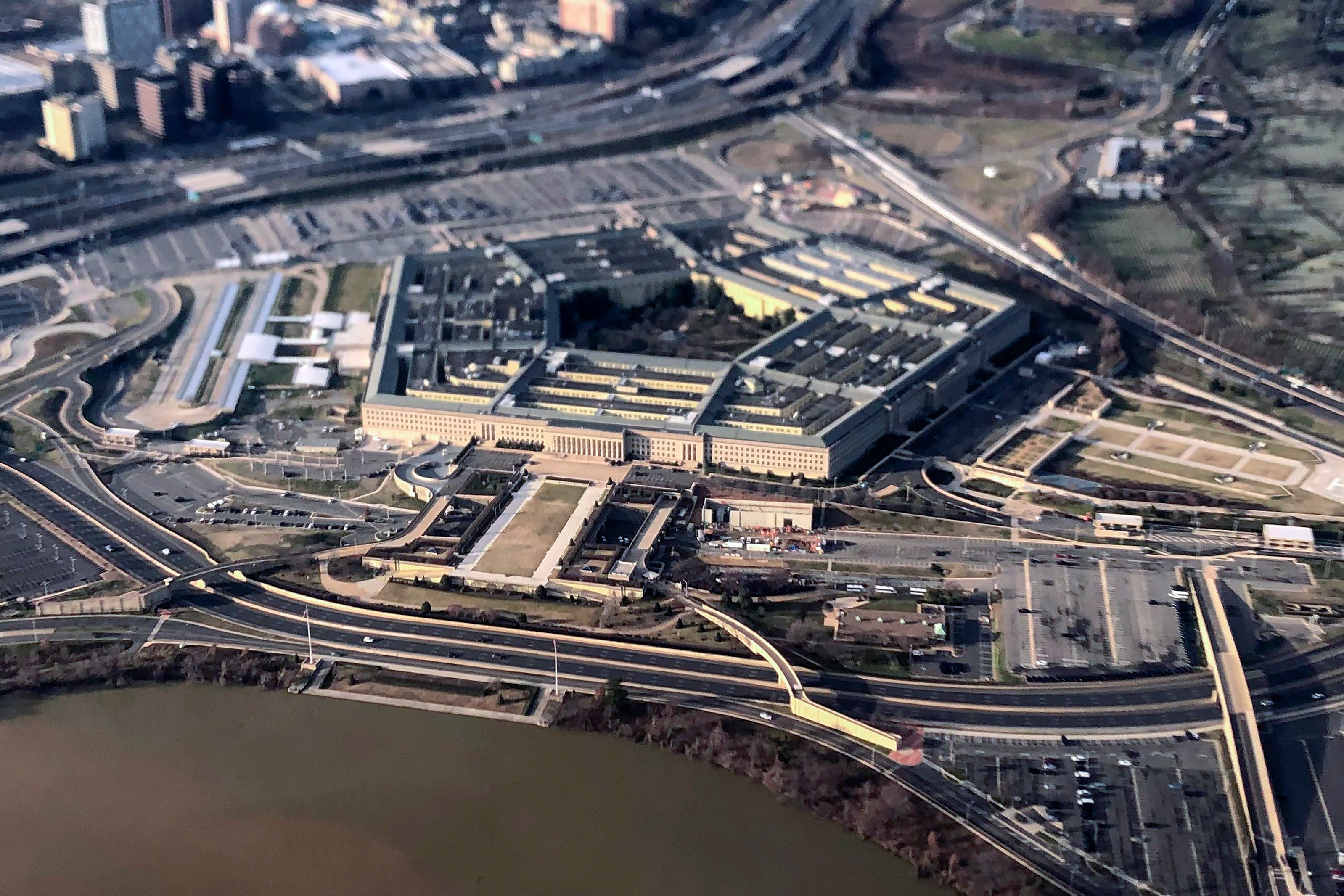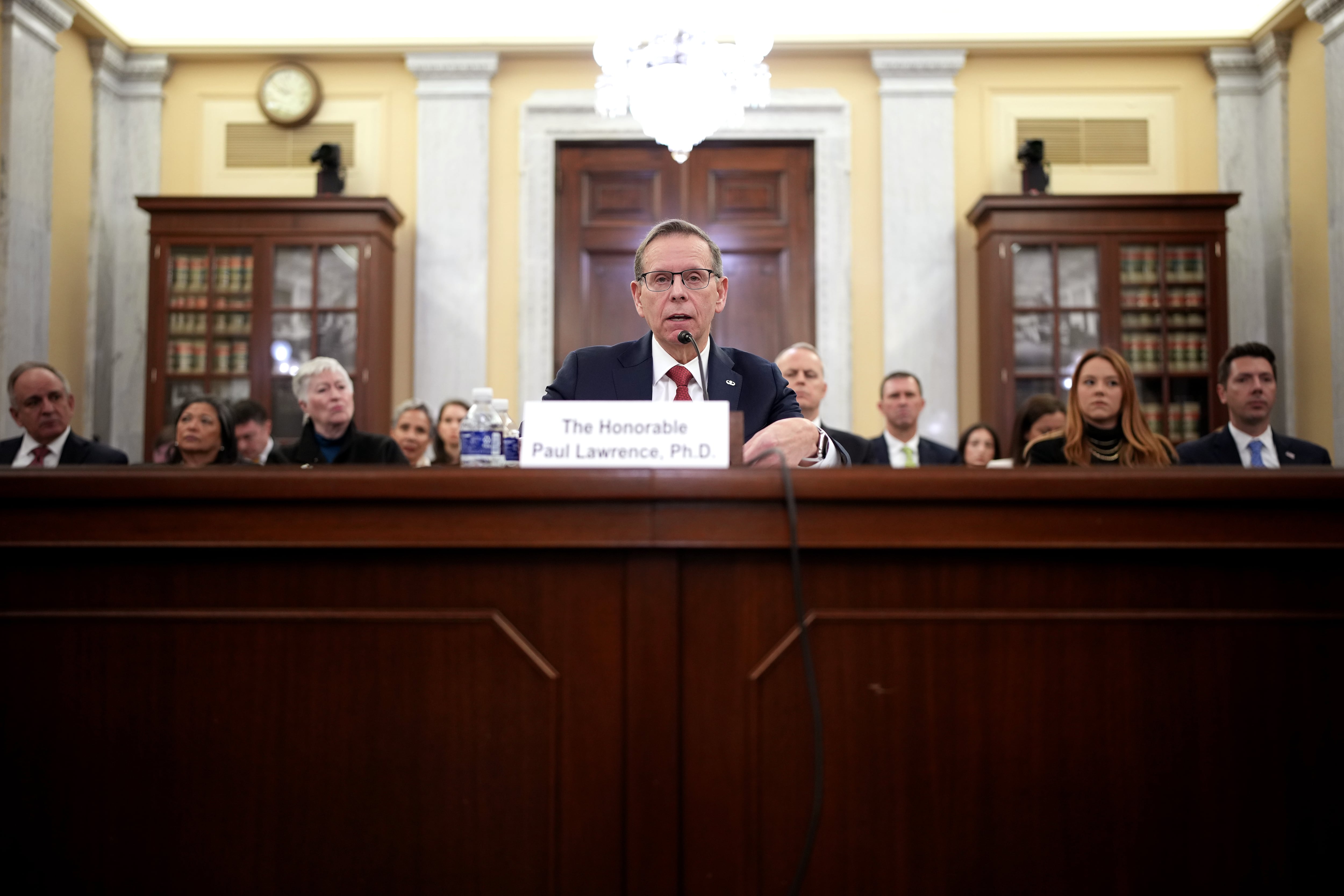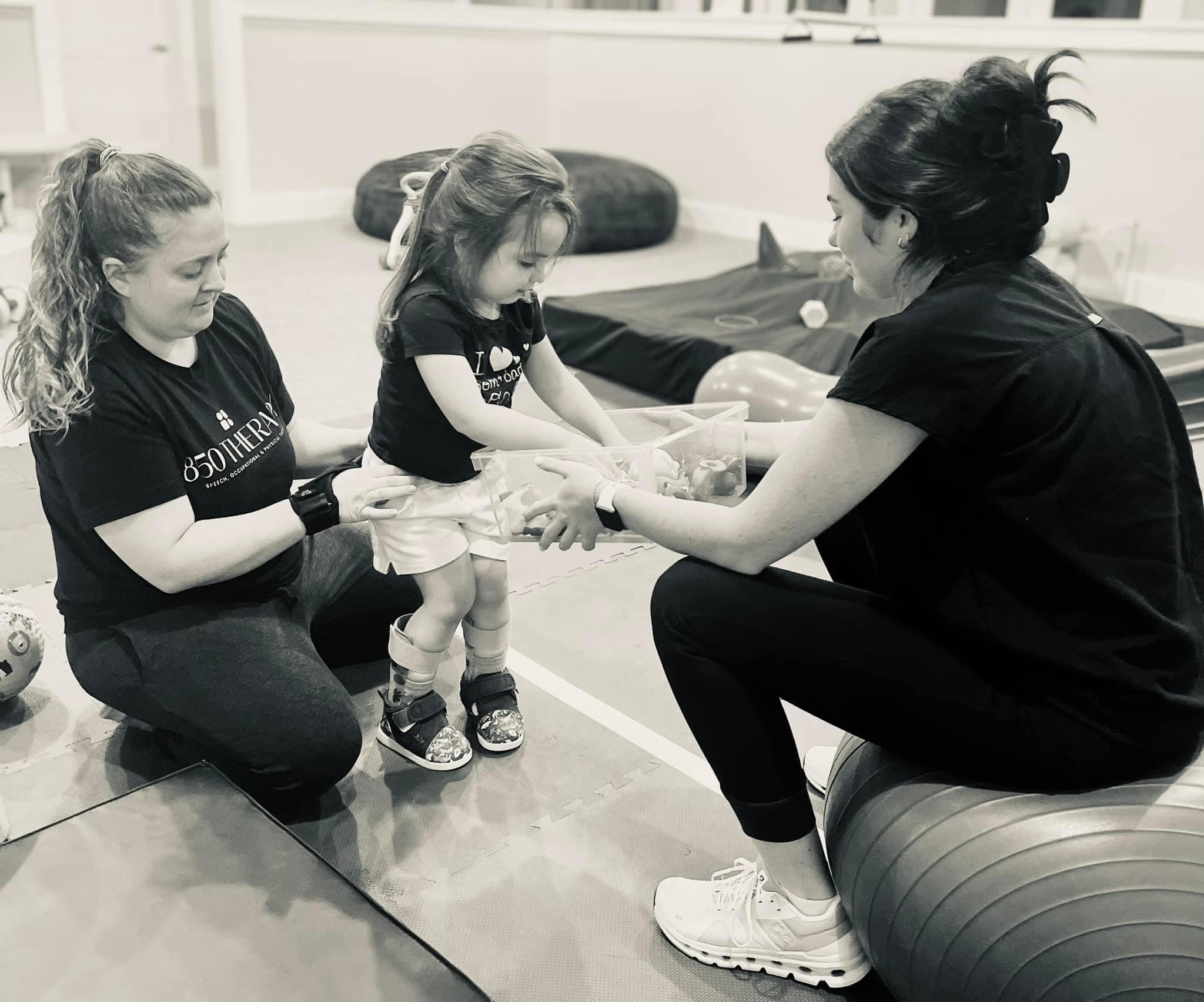Unmanned vehicles in ground combat units will likely first serve in resupply, transport and other logistics-based roles, said a lead Army Research Laboratory researcher.
Stuart Young, head of ARL’s Robotics Collaborative Technology Alliance project, told audience members at the Association of the U.S. Army’s Annual Meeting & Exposition that challenges for using and developing automated technology are much more complex in a combat environment.
Robots deployed with troops won’t always easily have access to the information cloud that’s available in civilian settings, and they must move on unknown terrain in areas they can’t always plan for ahead of time.
But the RCTA 10-year project, now in its eighth year, aims to create algorithms to help industry and defense entities such as United States Army Tank Automotive Research, Development and Engineering Center develop those capabilities.
Three “thrusts” are expected as research advances, Young said.
Operations Tempo. Robots must be able to recognize and adapt to fast-moving operations tempo to work alongside human counterparts.
Human-robot execution of complex missions. Roles in combat will vary for man and machine. Young said various tasks, such as controlling checkpoints or searching for explosives, will be performed in different capacities by either humans or robots.
Mobile manipulation. Unmanned systems must be able to be controlled at various levels by soldiers and work in concert with them.
There are many elements that are being worked on, but one is having a natural language in which a robot, like existing voice-recognition apps such as Siri on the iPhone, can interpret plain language from a human voice to then accomplish tasks.
But there is a lot about being human that researchers haven’t yet figured out. A robot can be programmed to identify a cell phone, but not necessarily know what that item is being used for and what to do about it.
That’s where a human would make the call.
In the next few years, Young said, he expects ARL researchers will be able to demonstrate robot maneuver in complex environments such as woodland terrain and more advanced tasks such as finding a laptop hidden in a building after having moved to the site alongside an infantry squad.
Todd South has written about crime, courts, government and the military for multiple publications since 2004 and was named a 2014 Pulitzer finalist for a co-written project on witness intimidation. Todd is a Marine veteran of the Iraq War.
